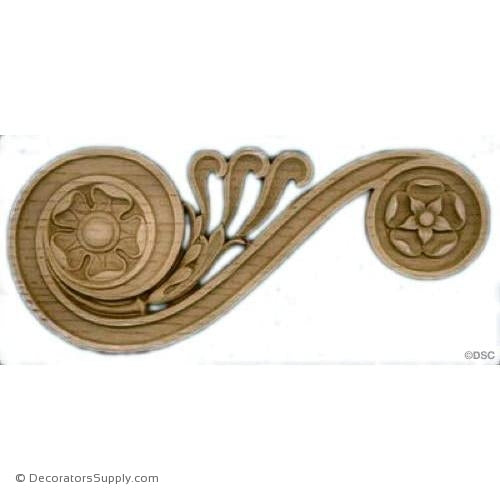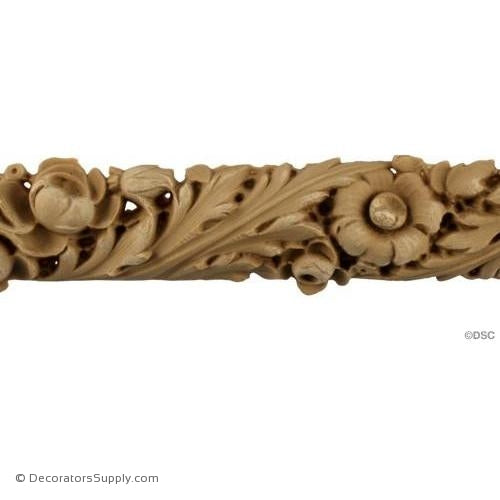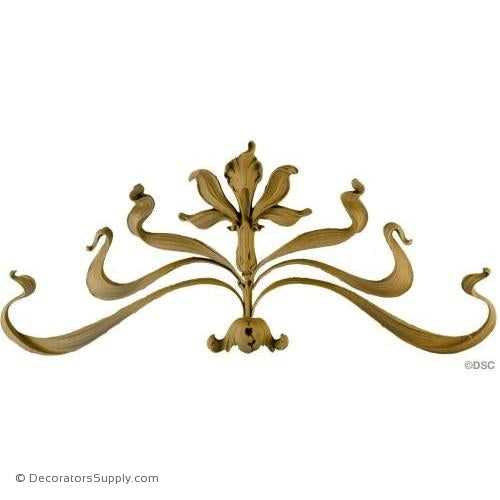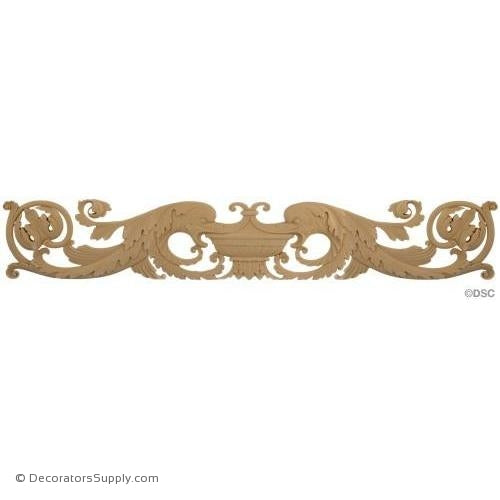Are you ready to transform your space with stunning decorative woodwork? In my journey as a woodworking enthusiast, I’ve experienced the beauty and creativity that woodworking supplies can offer. This guide will take you through everything you need to know about decorative woodwork supply. We’ll explore tools, materials, techniques, and much more!
What is Decorative Woodwork?
Decorative woodwork refers to artistic or ornamental techniques used to enhance the beauty and functionality of wood-based projects. This can range from intricate carvings to elegant moldings and everything in between.
Why Invest in Decorative Woodwork Supplies?
Investing in quality decorative woodwork supplies can make a significant difference in your projects. Here are some compelling reasons:
- Enhanced Aesthetics: Quality materials elevate the visual appeal of your woodworking projects.
- Durability: Premium supplies ensure longevity and sturdiness in your creations.
- Increased Value: Well-executed decorative woodwork can significantly increase property value.
Essential Tools for Decorative Woodwork
Hand Tools
Hand tools are indispensable for intricate decorative work. Here are my top picks:
- Chisels: Essential for carving and shaping wood.
- Saws: Various saws for different cuts, including scroll saws for detailed work.
- Files and Rasps: Perfect for finishing and smoothing edges.
Power Tools
Power tools can significantly expedite your projects while maintaining accuracy. Key power tools include:
- Router: Great for adding decorative edges and patterns.
- Jigsaw: Ideal for making intricate cuts in wood.
- Sanding Machine: Ensures a smooth and professional finish.
Comparison Table of Tools
| Tool | Type | Best For | Price Range |
|---|---|---|---|
| Chisel Set | Hand Tool | Fine carving | $20 – $100 |
| Router | Power Tool | Edging and shaping | $50 – $300 |
| Jigsaw | Power Tool | Intricate cuts | $30 – $150 |

Materials for Decorative Woodwork
Types of Woods
Choosing the right type of wood is crucial for your decorative projects. Some popular options include:
- Oak: Known for its strength and beautiful grain.
- Cherry: Offers a rich color that deepens over time.
- Maple: Ideal for a smooth and uniform finish.
Finishes and Treatments
Finishes can enhance both the look and durability of your woodwork. Consider these options:
- Stains: Add color while highlighting the wood’s natural grain.
- Varnishes: Provide a hard, glossy finish for protection.
- Oils: Nourish the wood while giving a warm look.

Techniques in Decorative Woodwork
Carving
Carving is perhaps the most recognized form of decorative woodwork. Here’s a brief overview:
It involves removing wood to create designs, from simple shapes to detailed scenes. I vividly remember my first carving attempt – it was challenging yet incredibly rewarding when I finally saw my design take shape.
Inlay and Marquetry
Inlay and marquetry techniques involve embedding pieces of wood or other materials into a base to create designs. These techniques can be labor-intensive but result in stunning visual effects.

Choosing the Right Decorative Woodwork Supply Store
What to Look For
When shopping for supplies, consider these factors:
- Quality: Ensure the store offers high-quality materials and tools.
- Variety: A wide selection allows for more creative possibilities.
- Customer Service: Good support can enhance your shopping experience.
Top Decorative Woodwork Supply Stores
Here are some stores worth checking out:
- Woodcraft: Known for a wide range of tools and materials.
- Rockler: Offers extensive resources for woodworking enthusiasts.
- Home Depot: A convenient option for basic supplies.

Pros and Cons of Decorative Woodwork
Pros
- Aesthetic Appeal: Woodwork can enhance the beauty of any space.
- Customization: You can create unique pieces tailored to your style.
- Craftsmanship: Woodworking is a rewarding hands-on skill.
Cons
- Time-Consuming: Detailed projects can take considerable time.
- Cost: Quality materials and tools can be pricey.
- Skill Level: Mastering techniques can require practice and patience.

Frequently Asked Questions (FAQs)
What materials do I need to start decorative woodwork?
To begin, you’ll need basic tools like chisels, saws, and sanders, as well as quality wood and finishes.
Can I learn decorative woodwork on my own?
Absolutely! There are many resources available, including online tutorials and woodworking classes.

What is the best wood for decorative work?
Hardwoods like oak, cherry, and maple are preferred for their durability and beauty.
How do I care for my decorative woodwork?
Regular dusting and occasional polishing with wood-safe products can keep your pieces looking new.
Is decorative woodwork expensive?
Costs can vary widely based on materials and tools. Starting with simpler projects can help manage expenses.
Conclusion
Embarking on a decorative woodwork journey can be incredibly fulfilling. By investing in quality supplies and honing your skills, you can create beautiful pieces that enhance any space. Remember, the joy of woodworking lies not just in the finished product but also in the process of creation. Good luck, and happy woodworking!